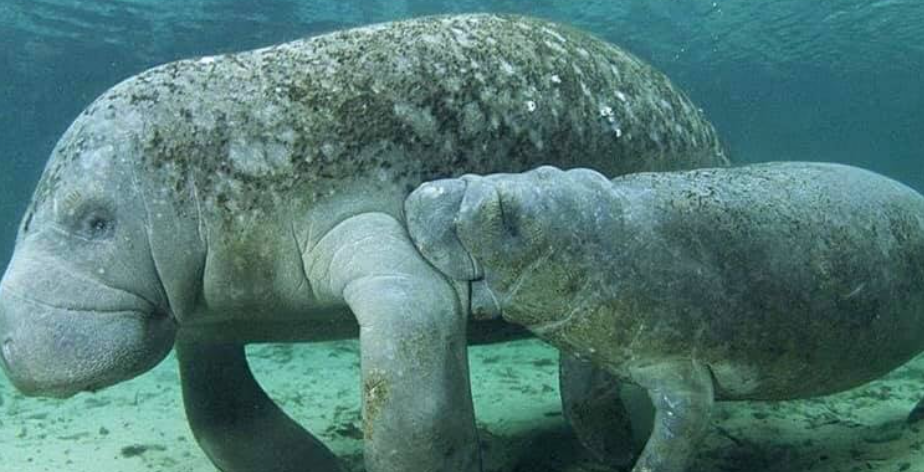Jonuteek Manatee Encounter

The Jonuteek Manatee Encounter is a full-fledged visit to the river where manatees are feeding, socializing, and greeting human visitors. The encounter starts at one of several locations in and around the village of Los Pajaros in the Jonuta municipality in Tabasco.
Visitors get a full explanation of manatees, their habitat, and the broader natural environment including the other animals in the area. Birds share the broader sanctuary and these can be identified as they are spotted. An initial sighting gets followed by an opportunity to gently touch the manatees.
Visitors can then walk the longer viewing area and feed the animals as recommended by the guides. Finally, visitors can take in the stunning natural landscape and recreational areas in the area. Meals are offered by members of the community and these are based on the locally grown produce and traditional cooking.
Visitors can also learn about the habitat while navigating the local serene canals and rivers with expert guides. They can provide detailed information about the manatees and the ecosystem. The guides are necessary for observing the manatees in their natural environment and for learning about their behavior, feeding habits, and conservation.
1. Management. The community organization is tasked with seeking the best possible socioeconomic development of the area.
2. Heritage. Knowledge of the importance of the manatee to the culture of the Maya people.
3. Authenticity. The locality recognizes the importance of preserving customs and the unique natural resources of the area.
4. Local economic impact. The project benefits three communities within the town in varying ways. Visitors have generated greater demand for services, leading to greater economic development.
5. Gender equality. All members of the participating communities are integrated, with women and men defining their own roles.
6. Decentralization. Activities are managed by people from the community, avoiding a monopoly of intermediaries.
7. Inclusion and accessibility. The experience is open to all members of the public, with limited facilities for people with disabilities.
8. Sustainable impact. The preservation and rescue of regional natural resources and species are promoted. The use of disposable products is avoided, and job creation for the community is encouraged.
Getting to Los Pajaros is part of the fun. Most guests will arrive from Villahermosa directly to Jonuta. From Jonuta, colectivos and other transport can be arranged. The drive takes about 45 minutes. From Palenque and the train stations (Tren Maya and Tren Interoceánico), the trip takes just about an hour and collectivo and tour group services are increasingly common.